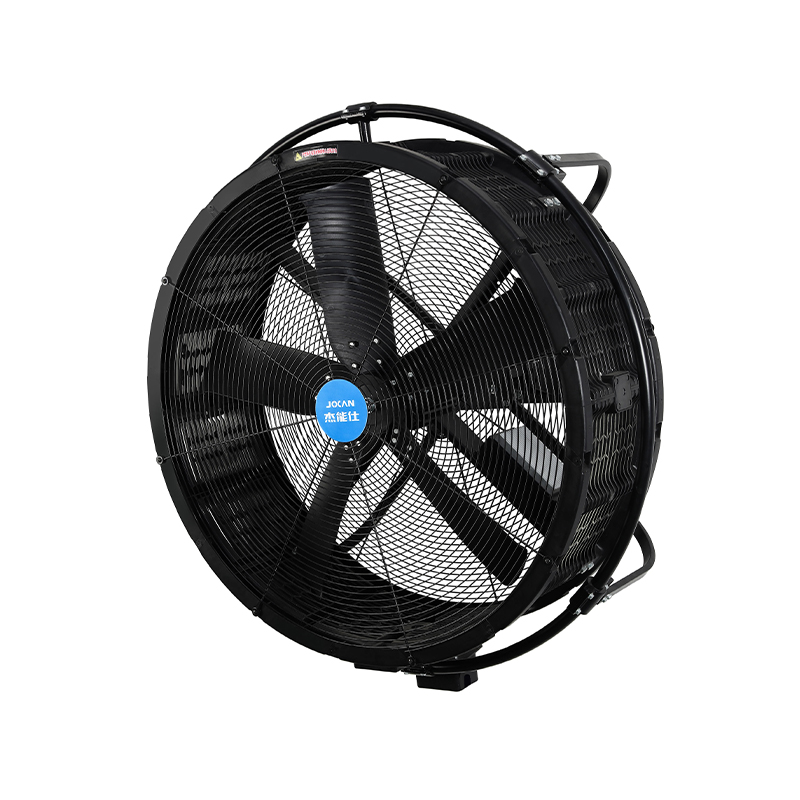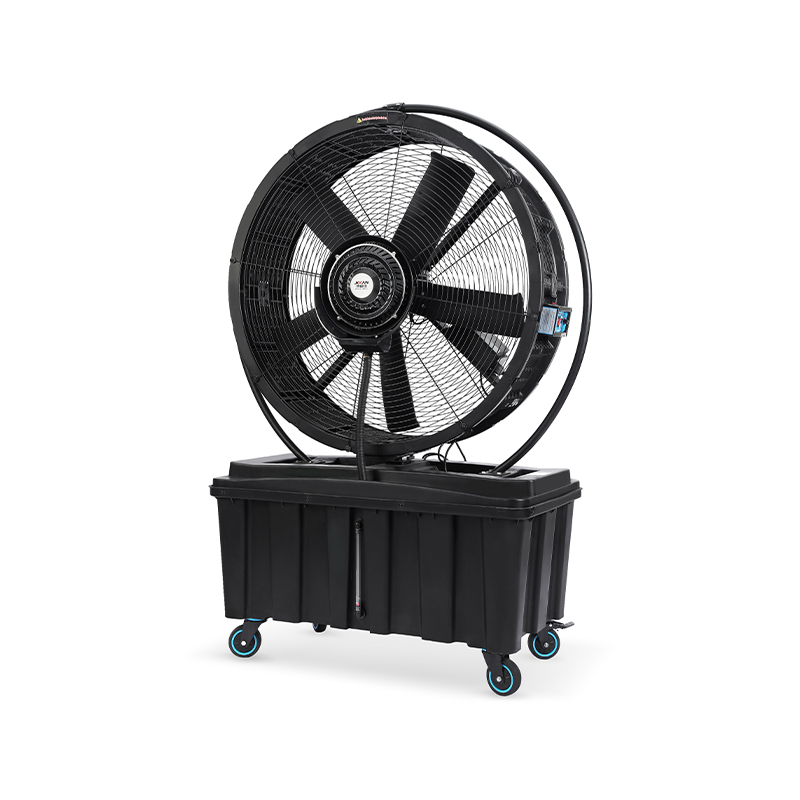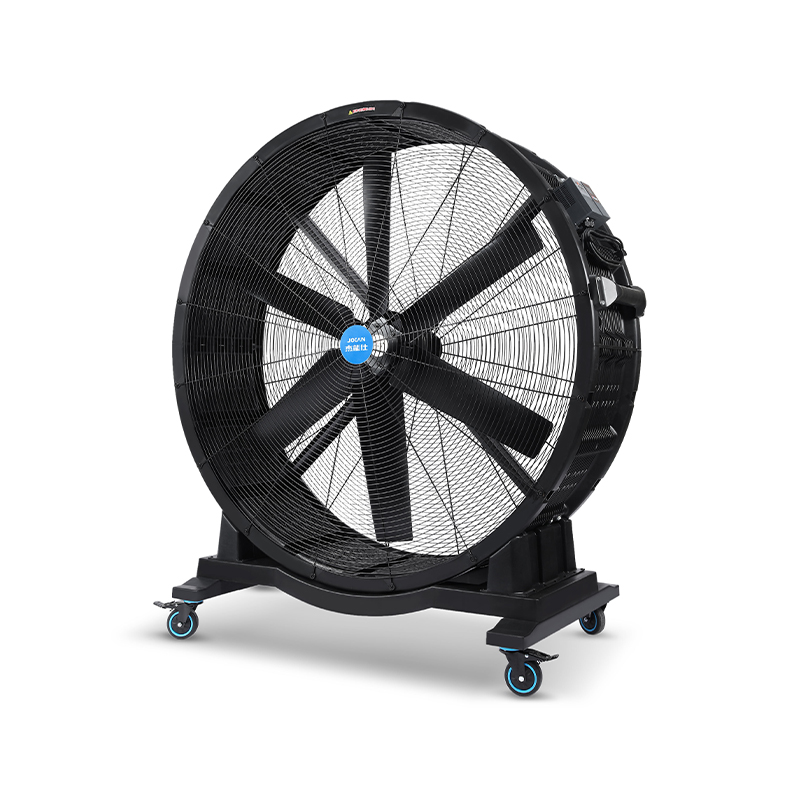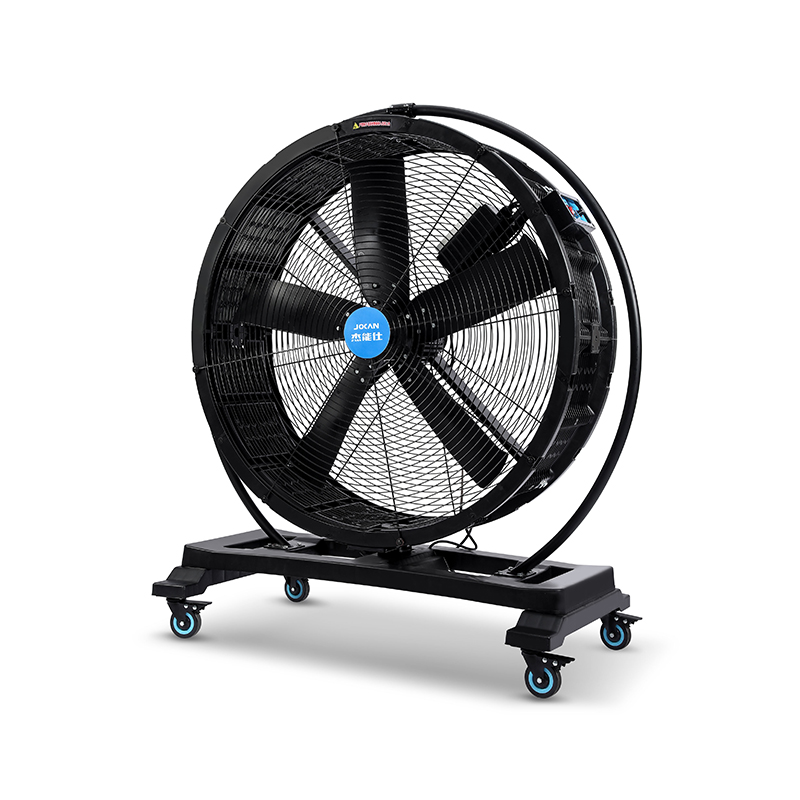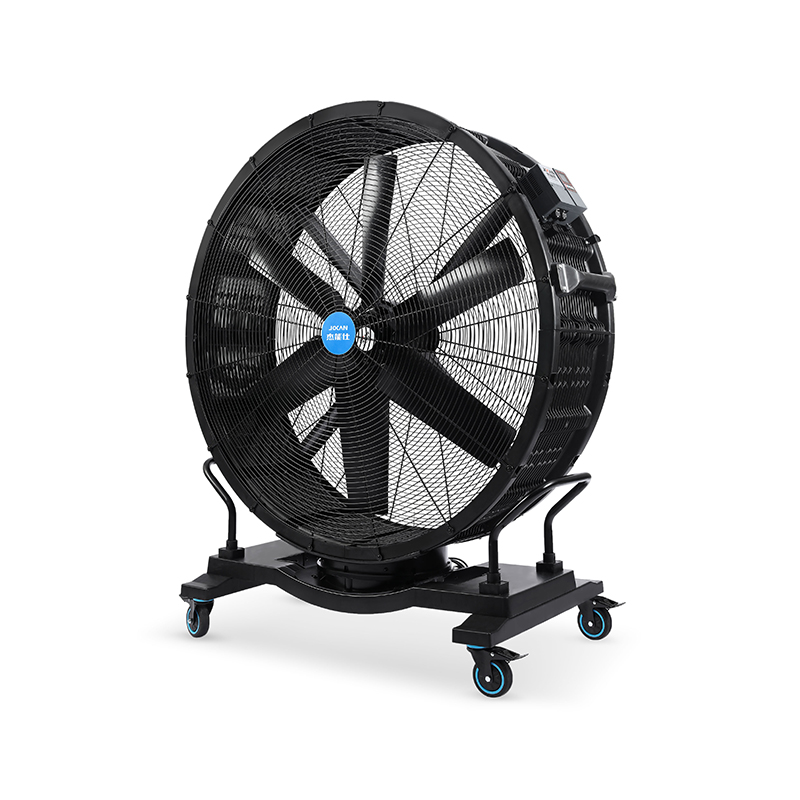Ventilation systems play a central role in supporting these objectives, especially in industries like pharmaceuticals, semiconductors, biotechnology, and precision electronics. With the increasing demand for precision and cleanliness, the integration of advanced airflow solutions such as the silent oscillating fan, quiet industrial floor fan, and indoor air curtain has become a practical necessity.

One of the key challenges in cleanroom design is maintaining laminar airflow while also ensuring low noise operation. A silent oscillating fan provides consistent directional air movement with small disruption to the cleanroom's airflow dynamics. Its oscillation feature helps distribute filtered air uniformly, reducing the risk of dead zones where particles can accumulate. Moreover, the quiet operation of this fan supports a more comfortable work environment, particularly in facilities where extended concentration is required.
In addition to wall-mounted and ceiling-integrated airflow systems, floor-level ventilation support is equally crucial. A quiet industrial floor fan complements overhead systems by ensuring that airflow is evenly distributed from the bottom up. These fans are particularly useful in cleanrooms where equipment or shelving can obstruct vertical airflow. The quiet nature of the fan allows continuous use without adding acoustic interference to the workspace. Floor fans can also help reduce localized heating around sensitive machinery, thus aiding thermal stability in controlled environments.
Another effective solution for managing air quality and airflow at entry points is the indoor air curtain. Positioned above doorways or cleanroom entrances, this system creates a high-velocity air barrier that prevents unfiltered air, dust, or airborne contaminants from infiltrating the cleanroom space. Unlike mechanical doors, the indoor air curtain does not interrupt workflow or require manual operation, making it both efficient and user-friendly. When combined with a silent oscillating fan and a quiet industrial floor fan, the overall airflow control within the cleanroom becomes significantly more balanced and responsive.
The seamless integration of these devices not only supports hygiene and air purity but also addresses thermal comfort within temperature-sensitive zones. In certain cleanrooms, where staff members work long hours under strict protocols, the presence of a silent oscillating fan near workstations can improve comfort without risking contamination. Unlike older fans that may generate noise and vibration, the newer models are designed to operate quietly while maintaining stable airflow, making them ideal for use in noise-sensitive applications.
Similarly, a quiet industrial floor fan is often employed in ISO Class 6 and above cleanrooms to assist with overall circulation. Since these environments are required to maintain strict particulate control, all equipment—including fans—must be easy to clean and resistant to contamination. Low-noise operation is especially important during shift work or in cleanrooms that are shared with testing laboratories or inspection rooms.
The indoor air curtain finds further utility in cleanroom gowning areas, material pass-throughs, and other transition zones. It helps form an invisible boundary that reduces the entry of outside particles while maintaining the cleanroom's positive pressure. Repeated use of the indoor air curtain across multiple access points helps preserve the integrity of the air environment, particularly in high-traffic facilities.
To build an efficient and reliable cleanroom, the use of purpose-built ventilation components is critical. A well-placed silent oscillating fan offers targeted circulation without causing turbulence. The quiet industrial floor fan strengthens uniform airflow near the ground, where particles often settle. Meanwhile, the indoor air curtain fortifies entryways against contamination while allowing the free flow of people and materials.
By combining these three airflow solutions within the overall ventilation strategy, cleanrooms can maintain their required cleanliness standards while also addressing comfort, acoustic management, and operational efficiency. Their collaborative role ensures that airflow remains clean, directional, and continuous across all zones of the cleanroom.
 Add: Plot 23, Huanglang Industrial Zone, Jinqing Town, Luqiao District, Taizhou City, Zhejiang Province
Add: Plot 23, Huanglang Industrial Zone, Jinqing Town, Luqiao District, Taizhou City, Zhejiang Province
 TEL: +86-13586083215
TEL: +86-13586083215

 English
English English
English عربى
عربى 한국어
한국어


